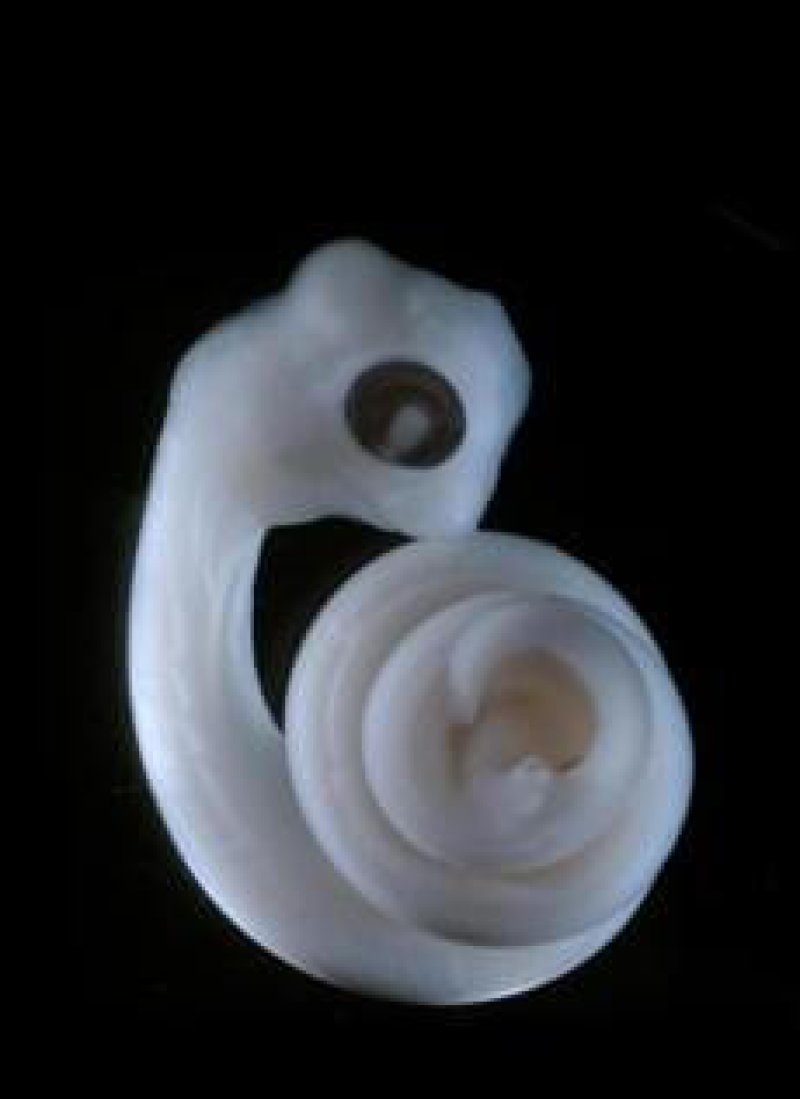When the first animals scrambled out of the water to live on land, they needed limbs and lungs. And something else: A new way to reproduce.
Up on terra firma, prospective parents no longer had the luxury of an aquatic environment where eggs could be laid and sperm released over them.
Evolution elegantly solved the problem, but the solution didn’t always take the same form. Crocodiles, birds, and mammals have one penis. Lizards and snakes have two.
The sex organs of animals are some of evolution’s most diverse handiwork. And yet up until now, scientists haven’t understood exactly how they evolved and take shape at the earliest stages of development.
In a study published Wednesday in the journal Nature, researchers at Harvard Medical School have begun to unravel how genitals form. Their tools range from standard biomedical techniques, such as examining which genes are flipped on during embryonic development, to Frankenstein-like surgeries in which they performed surgical transplants to see whether they could trigger genitals to bud in unusual, out-of-the-way spots.
The researchers found that genitals develop from the same cells that give rise to hind legs in lizards or that form the remnants of limb buds in snakes. In mammals and birds, a different set of cells closer to the tail area give rise to genitalia. Despite the different source materials, they found the process of genitalia formation is deeply similar between those creatures, triggered by the same basic genetic programs and signals. That process is, in turn, similar to the way limbs form, suggesting that genitals and limbs share evolutionary origins.
Read full, original article: Harvard researchers unravel evolution of genitalia































